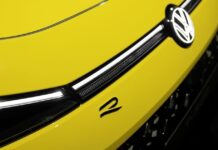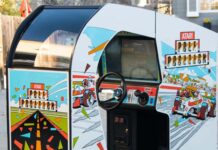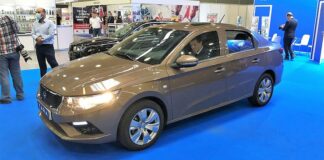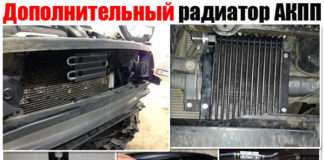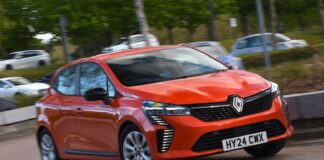Honda is bringing its pint-sized Super-One electric car to Australia, and after a brief test drive in Japan, the question is clear: can this quirky EV reignite the brand, or will it be lost in a sea of cheaper, more practical Chinese rivals?
The Super-One isn’t just another Japanese concept car; it’s the foundation for Honda’s first proper battery-electric vehicle in Australia, slated for a 2026 launch. This is a risky move for a brand known for sensible hybrids and SUVs.
Зміст
Pricing: The Make-or-Break Factor
Honda insists the Super-One will be “cheaper than a Civic,” but that’s a meaningless metric. A base Civic e:HEV L starts at $49,900. To compete, the Super-One must undercut the budget EV market dominated by China.
The BYD Dolphin starts at $29,990, and the MG 4 at $36,990. If Honda lands above $35,000, the Super-One is dead on arrival. It needs to be priced aggressively to force buyers to choose fun over practicality.
Inside the Cabin: Driver-Focused
The interior is designed for the driver, featuring bolstered sports seats and a minimalist dashboard. A digital instrument cluster and central touchscreen dominate, but physical knobs for climate control offer welcome simplicity.
However, practicality is limited. The Super-One is a strict four-seater with minimal rear space and a tiny boot. This is an urban runabout, not a family wagon.
Performance: A Gimmick That Works?
The Super-One’s powertrain specs remain secret, but it’s based on a Kei car platform. The real surprise is “Boost Mode,” which simulates a 7-speed transmission with a virtual engine sound and even chassis vibrations.
While artificial, it adds a layer of driver engagement absent in most EVs. The car is nimble and responsive, but not particularly fast. It’s a fun, playful experience.
Safety: Meeting Australian Standards
Honda Australia promises a minimum four-star ANCAP safety rating. The Super-One will be a full-factory import, engineered to meet Australian Design Rules. This ensures compliance and avoids issues with grey imports.
The Verdict: A Fun Toy or a Serious Contender?
The Honda Super-One is genuinely fun to drive, but its success hinges on pricing. If Honda can undercut the Chinese competition and offer a compelling value proposition, it could carve out a niche.
However, if the price is too high, the Super-One will be relegated to a quirky footnote in a shrinking passenger car market. The decision is simple: make it cheap enough to force a dilemma between practicality and fun, or watch it fade into obscurity.
The real question is whether Honda is willing to take the risk













